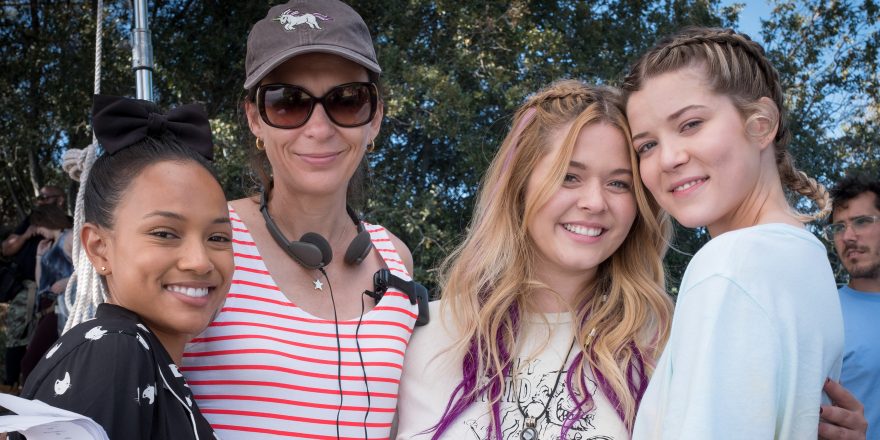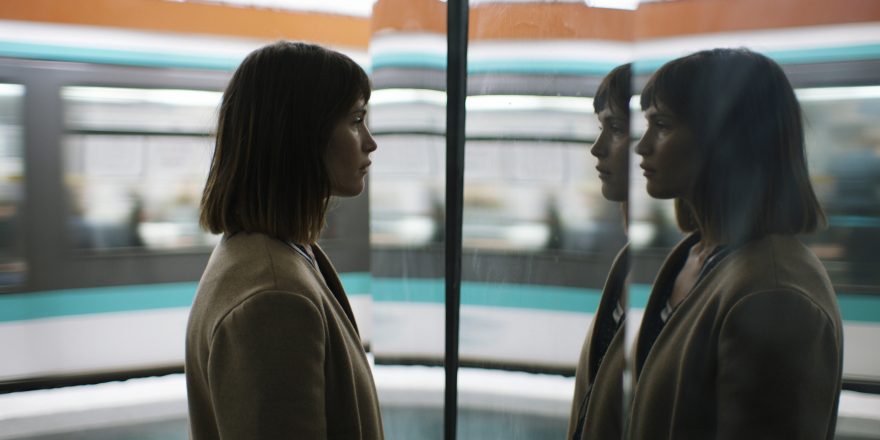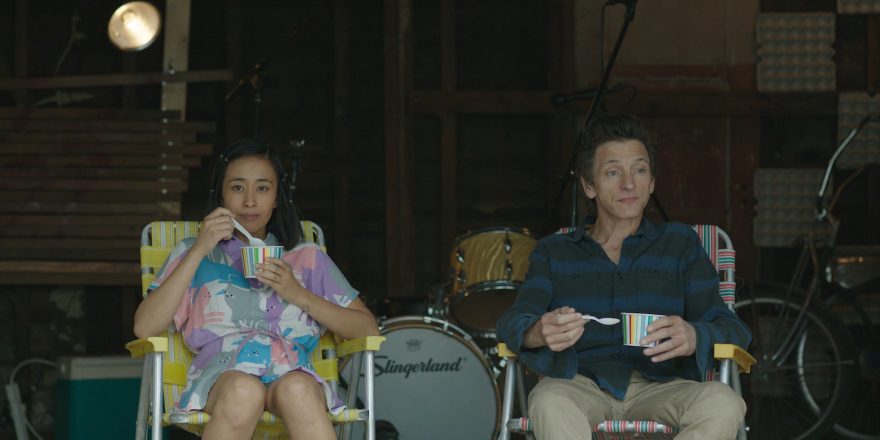“The giant has an angry voice,” my four-year-old self explained. I was one of those annoying kids who orders their parents around during story time. “And Jack has a squeaky voice.” My mother had to approach Jack and the Beanstalk in the same way Dame Judi Dench does a play in the West End. It must’ve been trying for my poor mom to deal with me after a long day, but to hear her deliver the story in the way I imagined it in my head was better than anything.
You don’t have to be Sherlock Holmes to work out from that little anecdote, I went on to become a director. I ended up studying both Theatre and Film & Television at high school and university. But I don’t think it was only that training (or the countless dodgy plays I made my suffering schoolmates endure) that helped craft my career. I think one of the biggest traits that has helped me become the type of filmmaker I am, is that all through my life I’ve been a collector of moments.
I love moments. Even the awful, awkward ones. Even the ones I can’t bring myself to think about for years. So when I got my period in the middle of a high jump competition, when my brother smeared shit all over the walls, and when I punched a guy for trying to force a kiss on me, I’d file those moments away in my brain, waiting for the day I could dust them off and use them in a story.
I first mined these moments in my short films. The first short I made was Samantha Stewart, Aged 14. Shot on 16 mm. Black and white. No score. Use of Brechtian titling techniques. About incest. Read: classic first-time short film made by someone who wants to be taken seriously as a director. This film was about a girl who had a baby after not knowing she was pregnant. I went to a Catholic primary school, and the film itself screams, “I went to a Catholic primary school. I have issues.” But the moment I drew upon most was the time I was told by my Grade Six teacher, “If a woman is truly raped, she will not be impregnated.” I didn’t know what it meant at the time, but when I was older, I sure as shit did, and got very angry about it. That fire ran through the whole film.
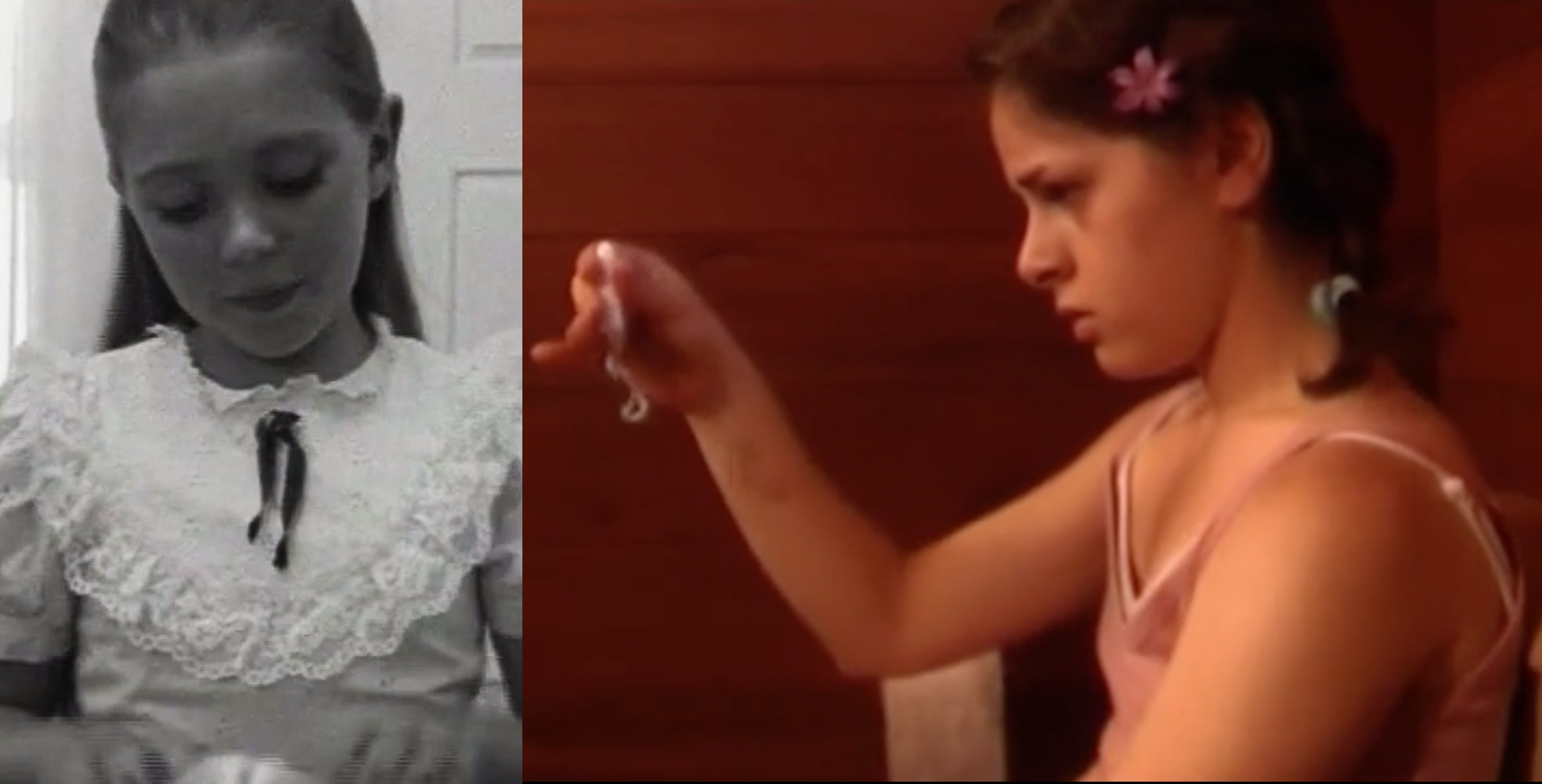
One of my later, more humorous shorts, Summer Angst, dived headfirst into periods – and so I got to use all of my and my friends’ glorious menstruation memories. As a results, more than 150,000 people at Tropfest saw scenes featuring mattress pads, our heroine bleeding over the sheets and then spending hours trying to get a tampon in. It was the first time I had a large audience watch something I’d made, and it was incredible to get feedback from all the women in the audience who’d connected with it. They said it felt like their story. After that, I figured out that sharing these personal moments allowed the audience to have a profound emotional connection to a story. Even if it was a gross-out period comedy.
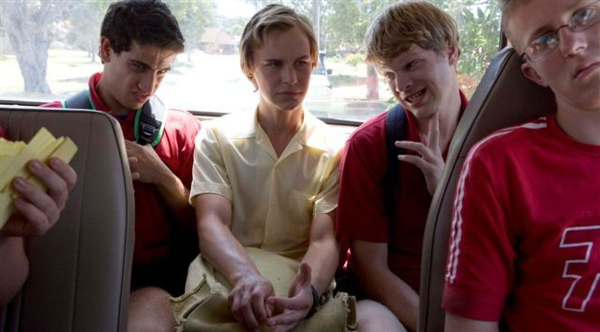
My first feature, The Black Balloon, was heavily inspired by growing up with three brothers – two of whom have autism. I had the proverbial equivalent of a Swiss bank full of moments I could draw upon: the tampon chewing, the running into strangers’ houses to use their toilet, the life-saving classes in Phys-Ed class – all personal moments I knew hadn’t been seen or explored on film before. But it wasn’t just physical events that I filled The Black Balloon with, it was emotional moments too. Feelings of hurt, shame, protectiveness and embarrassment, all were woven into the tapestry of the film. One of the ways I built those emotions into the fabric of the film was to have Rhys Wakefield (who played Thomas, the neurotypical brother) go out with Luke Ford (who played Charlie, the brother with autism) and spend whole days in character in public. People didn’t know they were actors, so they reacted by staring, giving them snide looks, making snarky comments. When “Thomas” wasn’t looking, they would try to torment “Charlie.” It was through the reactions of the public that Rhys felt the conflicted emotions I felt growing up, and his subsequent performance is the bedrock of truth for the film.
Whether or not I’ve written a film, I’m always looking to imbue it with collected remembrances. As a director, it’s really important to find a way in, to tell a story with honesty and craft moments that feel real and authentic, so the audience can empathize and connect.
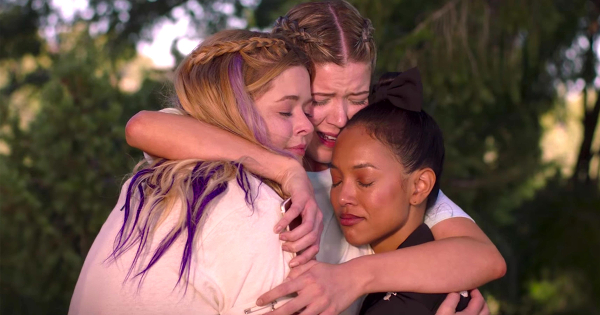
When I first read my current film, The Honor List, it was full of moments taken from the lives of the writer, Marilyn Fu, and the lead actor, Meghan Rienks. Some of them were so resonant for me that they felt like they were from my own personal experience. It was really exciting to work on a project where all our experiences dovetailed together. The script transported me back to not only being a teenager, but also to when my father died. (The Honor List is about three high school girls who lose a friend and complete a bucket list in her honor.) One thing which meant a lot to me was including a scene at the end of the film where the characters are throwing ashes. While this kind of scene in movies typically features the traditional urn, all I could think about was when my father passed away. My mother (the same one who put up with my directorial bullying at story time), divvied up a portion of the ashes and presented it to me in a small Tupperware container, lovingly labelled in a sharpie, “Dad’s Ashes.” This provided the basis of the penultimate scene of The Honor List where the three girls have a Tupperware container holding some of their deceased friend’s remains.
Moving forward, who knows what moments from my past will rear their head into my work? I find it surprising what moments of connection do pop up when I’m reading a script. Sometimes it’s something I haven’t thought about in years. And it’s the thing I love and appreciate when I watch any film or TV show. When you get goosebumps and you think to yourself, “That happened to someone.”


